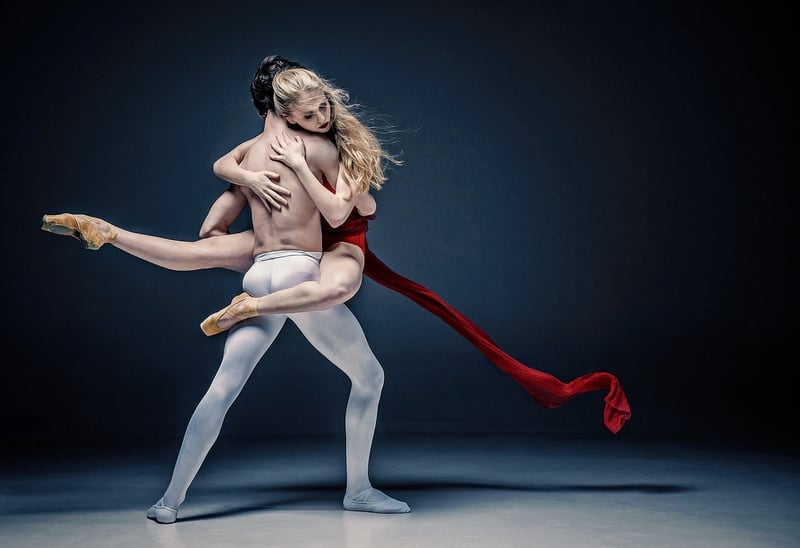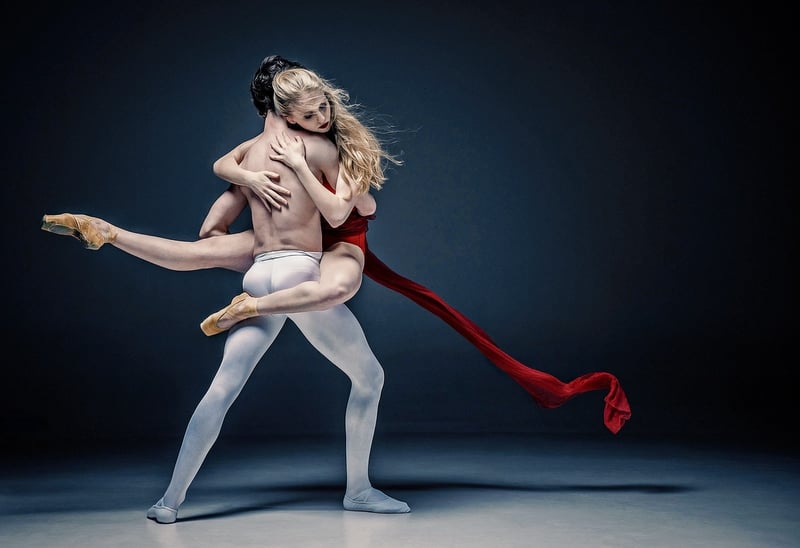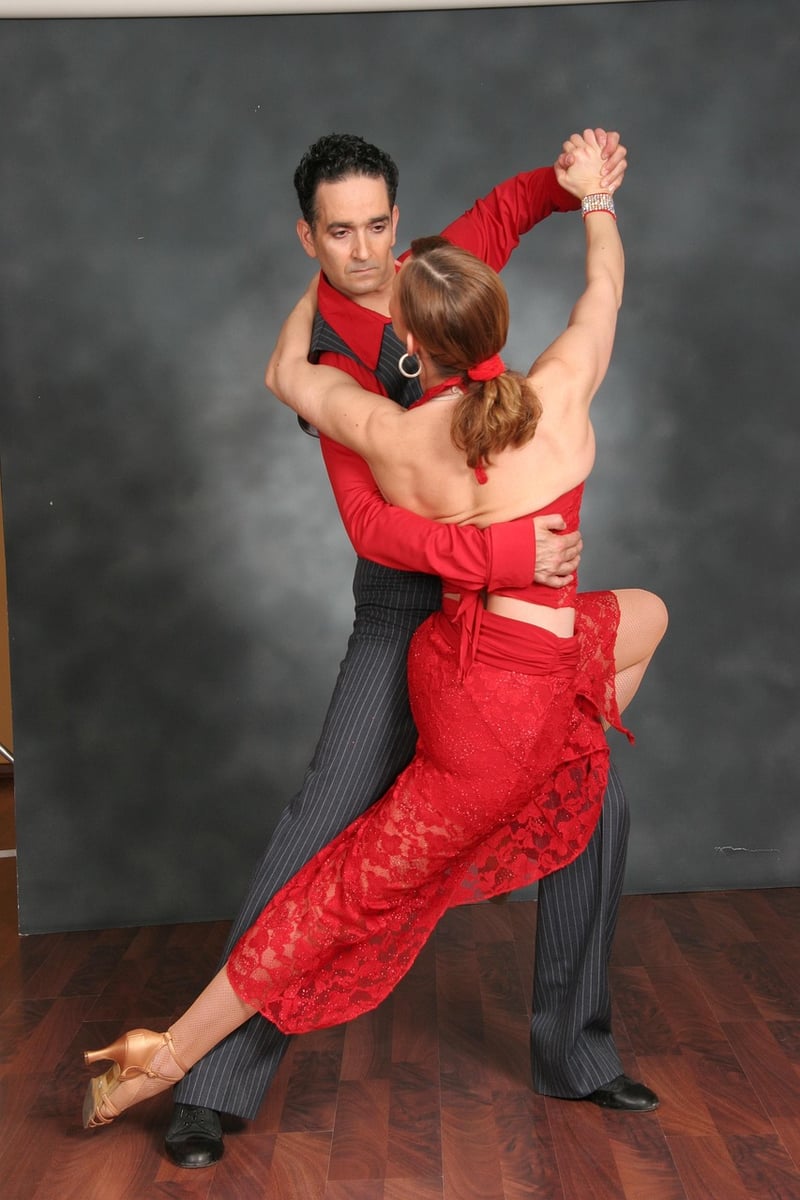Salsa
Expressive Movement Forms: Salsa

Salsa is a popular and vibrant dance form that originated in the Caribbean, with influences from Cuba, Puerto Rico, and other Latin American countries. Known for its energetic movements, rhythmic patterns, and sensual style, salsa is a dynamic and expressive dance that captivates both dancers and audiences alike.
History of Salsa
Salsa traces its roots back to the 1920s and 1930s in Cuba, where it evolved from a blend of Afro-Cuban and Latin dance styles. Over the years, salsa has incorporated elements of mambo, cha-cha-cha, and other dance forms, creating a rich and diverse cultural tapestry.
Key Elements of Salsa
- Rhythmic Footwork: Salsa is characterized by intricate footwork patterns that syncopate with the music.
- Partner Connection: Salsa is a partner dance that emphasizes strong connection, leading, and following between partners.
- Body Movement: Salsa involves fluid body movements, hip rotations, and isolations that add flair and style to the dance.
- Musicality: Salsa dancers interpret the music through their movements, responding to the beats, melodies, and rhythms of the music.
Benefits of Dancing Salsa
Aside from being a fun and social activity, salsa dancing offers a range of physical and mental benefits:
- Improved Cardiovascular Health
- Enhanced Coordination and Balance
- Stress Relief and Mood Enhancement
- Increased Confidence and Self-Expression
Get Started with Salsa
Whether you're a seasoned dancer or a complete beginner, salsa offers something for everyone. Join a local dance class, attend social dance events, or explore online tutorials to kickstart your salsa journey. Remember, the key to mastering salsa is practice, patience, and passion for the dance!
Embrace the rhythm, feel the music, and let salsa's expressive movements transport you to a world of joy and connection on the dance floor!

Keep dancing, keep moving, and let the spirit of salsa ignite your soul!
